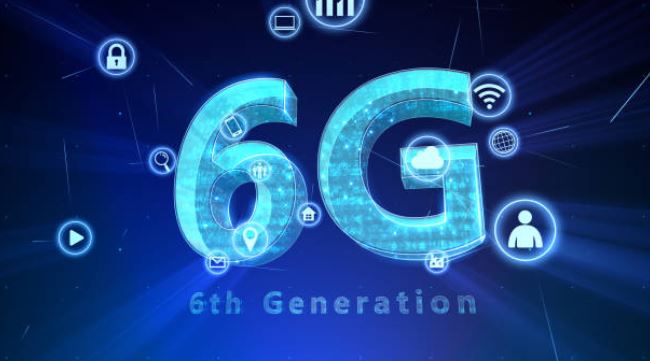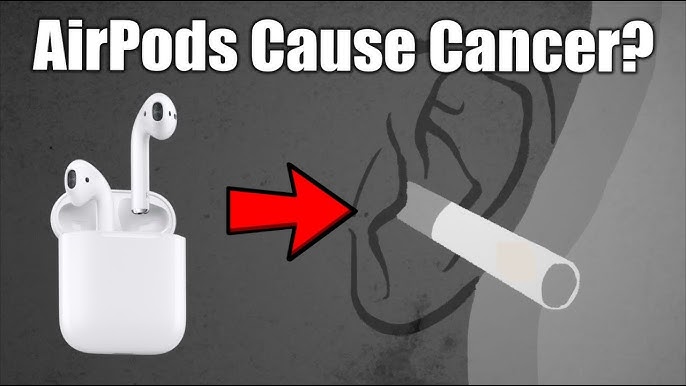The standardization process of fifth generation communications has already been completed and global proliferation has begun. To maintain the competitive advantage of wireless communications, researchers have conceptualized next-generation (sixth generation, 6G) wireless communication systems, which aim to establish the stratification of communication needs of the 2030s. This article highlights the most promising research areas in the recent literature on the overall trends of the 6G project to support this perspective. It discusses the development and analysis of 6G wireless communication technology, which is projected to be implemented in the near future. Networks based on 6G wireless technology appear to be the most promising and developing area in the field of wireless technology. The article alludes to the emergence and development of 6G to give rise to a new wave of development in the field of the Internet of Things (IoT). It touches on the implemented services and emerging problems during the implementation of previous generation (5th generation, 5G) technologies. It also reviews the benefits and challenges associated with the development of 6G wireless communication, which is designed to provide a better communication system in the future and to achieve many new perspectives.
Introduction
Communication is established between two or more objects located at a certain distance from each other without using wires through wireless communication technologies. The objects can be any electronic devices such as mobile phones, notebooks, desktop computers, etc. Various other network technologies are also used to connect these objects. Communication systems are built approximately every ten years to improve the quality of services (QoS), introduce new functions, and implement new technologies. Although 5G communication systems have not yet been widely implemented, researchers are already focusing on 6G technology. This is because 5G provides a high standard infrastructure that enables the use of various technologies such as artificial intelligence, mobile broadband communication, IoT, self-driving cars, and smart cities. However, the proliferation of smart devices every year and the rapid increase in data traffic create various challenges and limitations in 5G communication networks (Mehta, Patel, Joshi, & Modi, 2014; Prinima & Pruthi, 2016). These limitations lead to a new communication system that provides extremely low latency, high data transmission, greater capacity, secure-error-free communication, and complete wireless coverage (Agival, Roy, & Saxena, 2016). The main problem with 5G is data traffic overload due to the massive network connections with a sharp increase in the number of users.
Thus, to achieve mass connections through 6G, it is necessary to provide it with greater capabilities than 5th generation technologies. This will not only lead to mass connectivity, but also increase speed, reduce latency, network flexibility and decrease energy consumption (Gupta, & Jha, 2015). 6G is a solution to the problems of huge traffic volumes arising in communication networks based on wireless technology and, accordingly, a significant increase in the demand for data transfer rates.
Networks built on the basis of 6G wireless communication technology must have the ability to process large amounts of data and transfer data at high speeds to any device. These requirements can be achieved by adding various new technologies and services to the network. Some of the most important trends underlying the growing relevance of 6G wireless communications are (Elmedawy, & Shubair, 2019): 1) Green communications (environmentally safe); 2) Intelligent (smart) networks; 3) Localization (adaptation to the geographic area); 4) Using a new range of radio frequencies; 5) High reliability; 6) Low latency; 7) High speed data transfer capability; 8) Network accessibility.
Stages of development of wireless communication
Wireless communication reduces communication vulnerability between users around the world. 6G is a wireless technology used in mobile communication (here G indicates generation). Wireless communication generations change every decade according to the general trends inherent in these technologies. Wireless communication technology is progressing and expanding from 0th generation (0G) to 6th generation (6G). The generations of wireless communication technologies are listed in Table 1 (Mohammad, & Sumit, 2015).
Each new generation of wireless communication technology comes with additional features. The main factor in 6G is the combination of all the functions available in previous generation technologies – such as creating dense-complex networks, high throughput, high reliability, low energy consumption and a large number of connections. The most important requirement for 6G wireless networks is to process large amounts of data, provide very high data transfer rates for each device in the network, and ensure high data transfer rates for the entire network. To improve communication technology, 6G will replace the previous generation’s gigahertz (Gbit/s) frequency with terahertz (Tbit/s) frequency (Slastukhina, 2020).
The Long March 6 test satellite, the world’s first 6G satellite, was launched into orbit by the People’s Republic of China on November 6, 2020. This satellite provides communication at terahertz frequency to increase network speed. 6G can be applied in many fields such as wireless communication, virtual reality, wireless brain-computer interaction, robotics, haptic communication, industrial automation, and IoT.
Read Also:
- 6G Cellular Network Technology
- 6G and 7G Cellular Network Technology
- Impact Of 5G Technology On Medical Access, Quality And Cost
- How 5G Technology Differs From 3G And 4G
- Evolution Of 5G Cellular Network Technology






